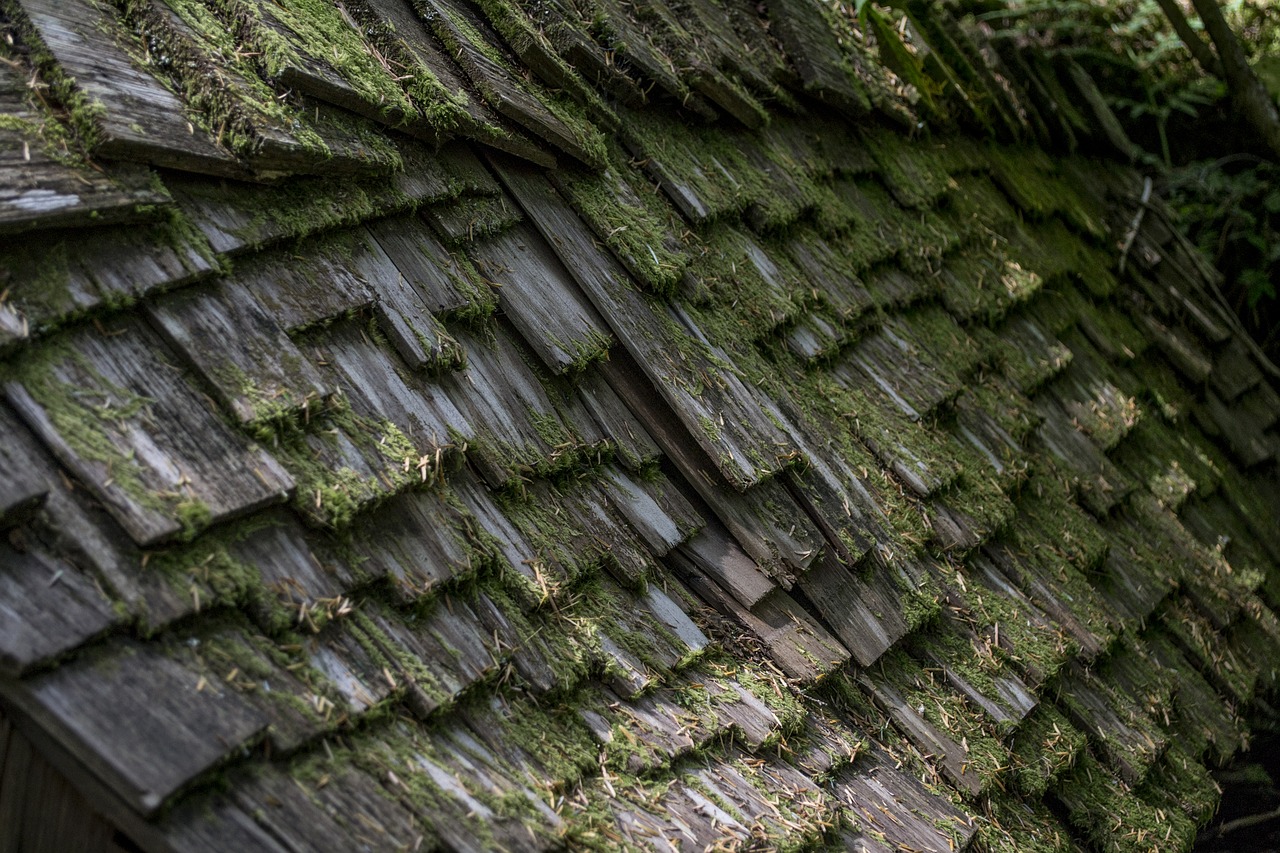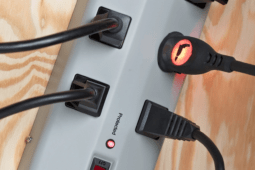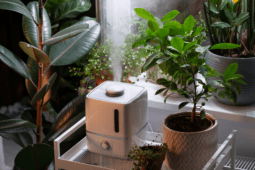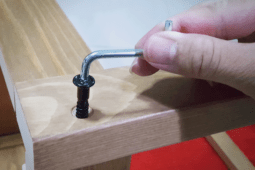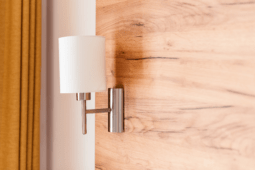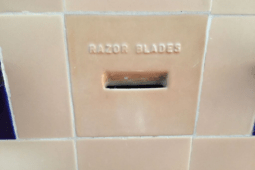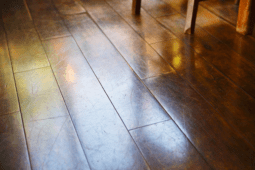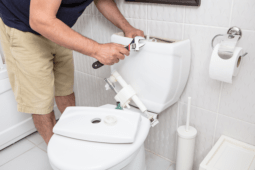How to Know When You Should Replace Your Roof [6 Signs!]
A big roof replacement isn’t just a hassle, it’s an expensive project to take on. Whether you are doing to do it yourself, or outsource the work, you need to know when to replace it. Some contractors will point out small issues that can be fixed with a spot replacement, but tell you the whole roof needs replaced.
If you go into these situations without the proper knowledge, you may end up replacing your entire roof when it’s unnecessary. Worse yet, you may not replace the roof when it needs to. If you replace your roof at the right times, you’ll have a lot fewer problems going on in the house. No more buckets under a leaky drip. It’s time to examine your roof and know exactly what you need to do to fix it.
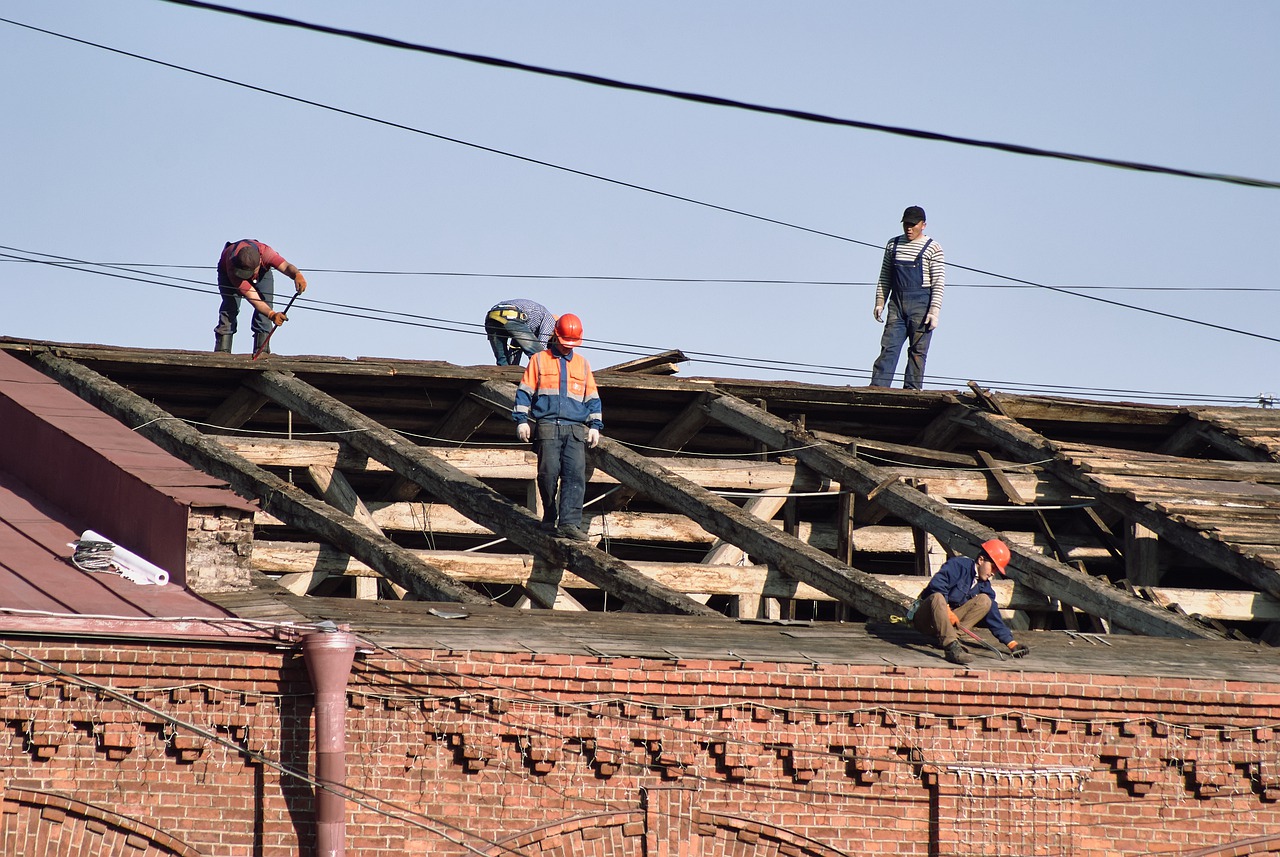
Signs It’s Time To Replace Your Roof
Here are some general signs of roof deterioration and damage. Sometimes you’ll need to replace the whole roof, but that truly depends on the age of your roof and the coverage of the damage. A lot of issues can be fixed with some proper patchwork or replacement of parts. See if your roof is showing any of these signs, and get to work before anything more goes wrong.
Cracking
Shingle roofs don’t last forever. Eventually, the shingles will start to age and one of the first signs is cracking. If you stay on top of it, you’ll be checking your roof every year, if not multiple times. This routine check will save you thousands on leak repairs.
If you start to spot some cracking, be aware that it will start to spread around the entire roof. It’s generally a sign of aging, but if the damage isn’t too extensive, this can be fixed with a spot replacement.
Loose or Damaged Shingles
The shingles on your roof put up with a lot. They withstand downpours in the spring, brutal sun in the summer, hail and snow in the winter, and wind all year long. Don’t be too surprised when you can see the effect the weather has on your roof.
Wind damage is common for shingles. It can loosen the sealant and the nails, which leads to bigger problems. If the wind was that strong, you are potentially looking at an entire roof replacement because a lot of shingles will be affected.
Hail damage chips away at the granules on the shingles. Larger hail will obviously leave more of a visible impact, but even small bits of hail can lead to leaks. This is why it is vital to examine your roof’s condition after severe storms.
Whether or not you need to replace the entire roof is due to how much of the roof is affected. Examine this yourself and it will be pretty obvious if you can patch it, or need to replace it.
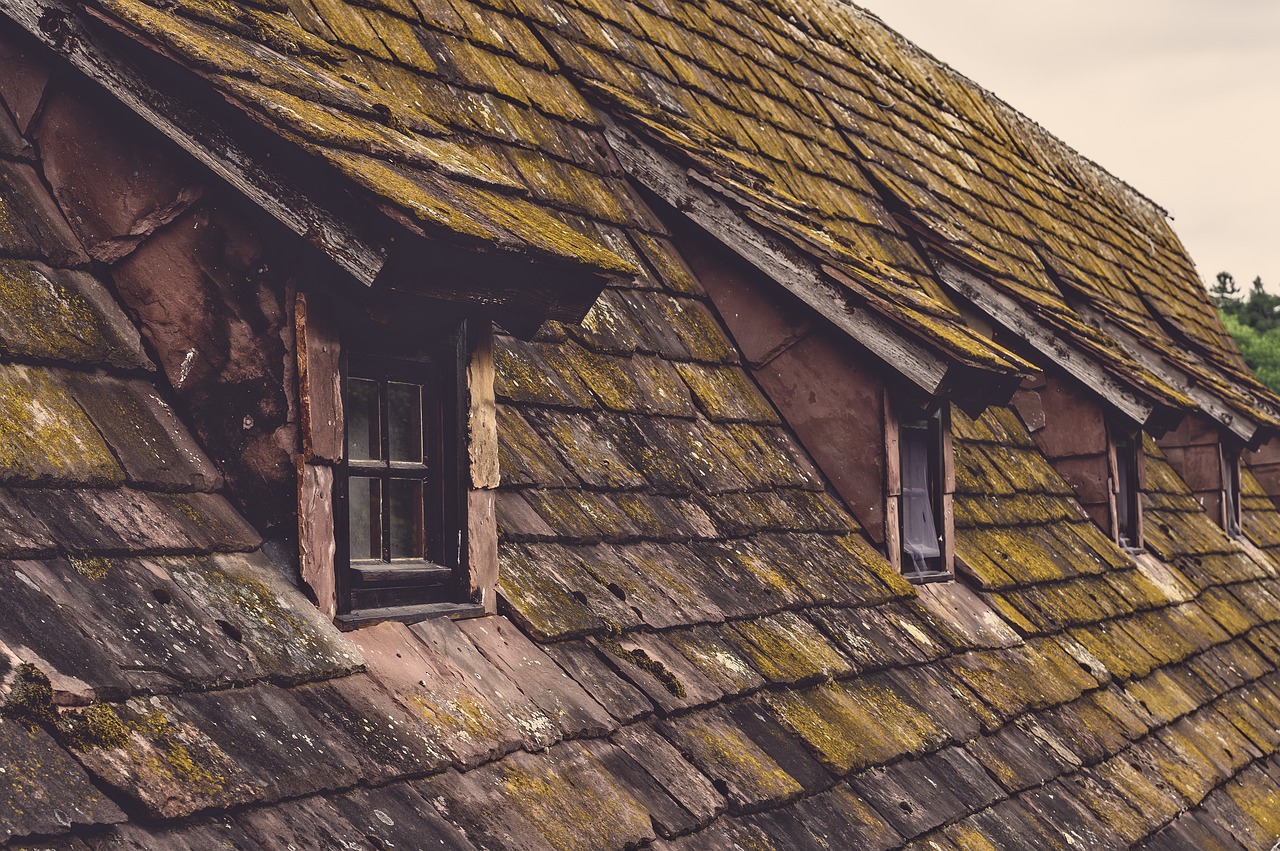
Exposed Nails
Exposed nails on your roof lead to rusty nails on your roof. Rusty nails lead to leaks. No matter how you got to this point, you need to attack this problem fast before the nail can continue to rust away further.
If your entire roof is filled with exposed nails, you may be looking at an entire roof replacement.
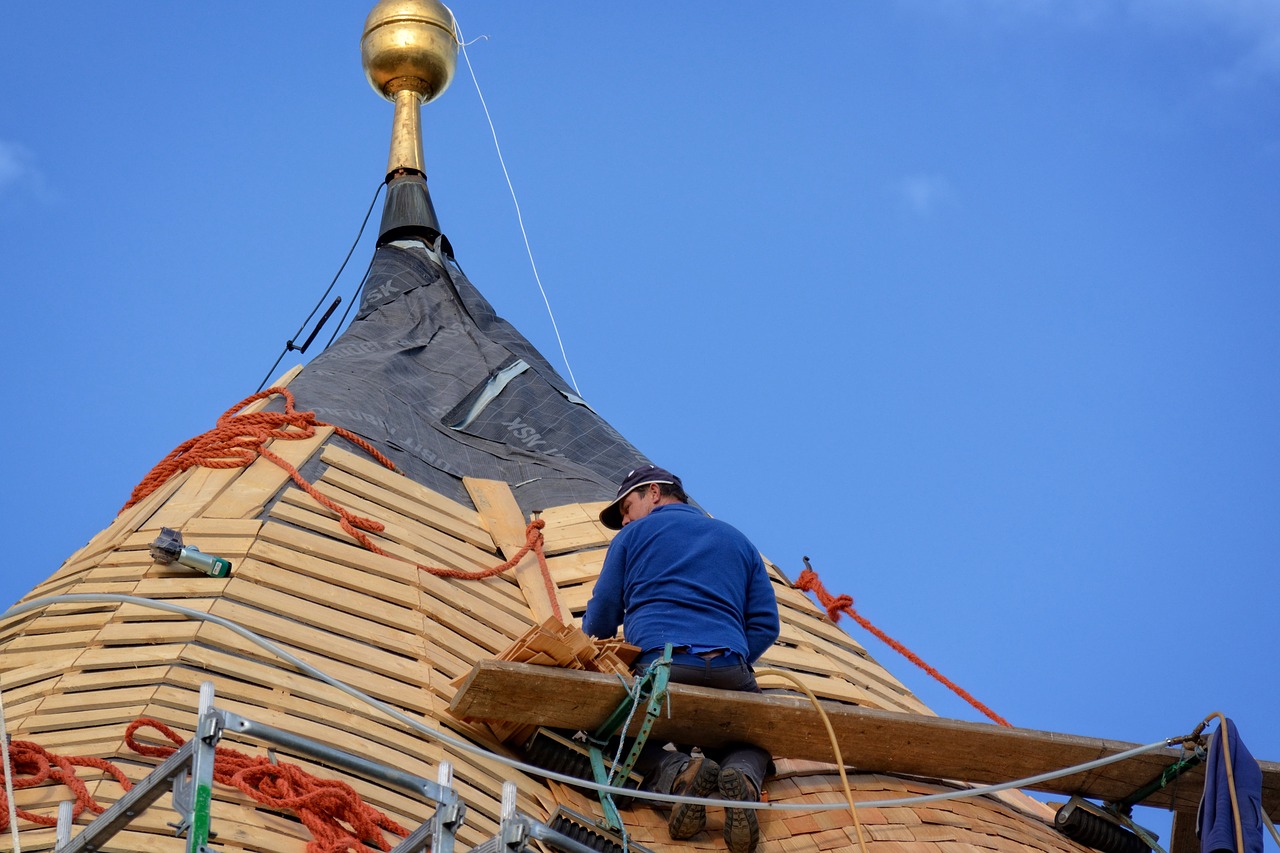
Curling
Curling is a sure-fire sign that you need to replace your roof. Shingles can curl because of many different reasons. They could have been installed poorly, they’re getting old, your layered roof doesn’t ventilate properly, or whatever other reason.
Regardless of the reason, you have curling shingles. These can quickly lead to major leaks and you need to get this examined right away.
Incorrect Flashing
Properly installing flashing on a roof is potentially the most difficult part of the process. Because it’s so hard, you’ll often find mistakes. Some roofers will cut corners by slapping on a heap of roof cement to plug the joint just long enough for you to not notice. Once you do notice, they are there to offer to fix it, for a price of course.
Other flashing can be forgotten, or installed improperly. Kick-out flashing is necessary to prevent a lot of rot where the roof meets the walls of a house. Chimney flashing is needed to make sure your fire doesn’t go out due to a heavy leak. Regardless of the flashing, double-check it and make sure it is properly done and is all there.
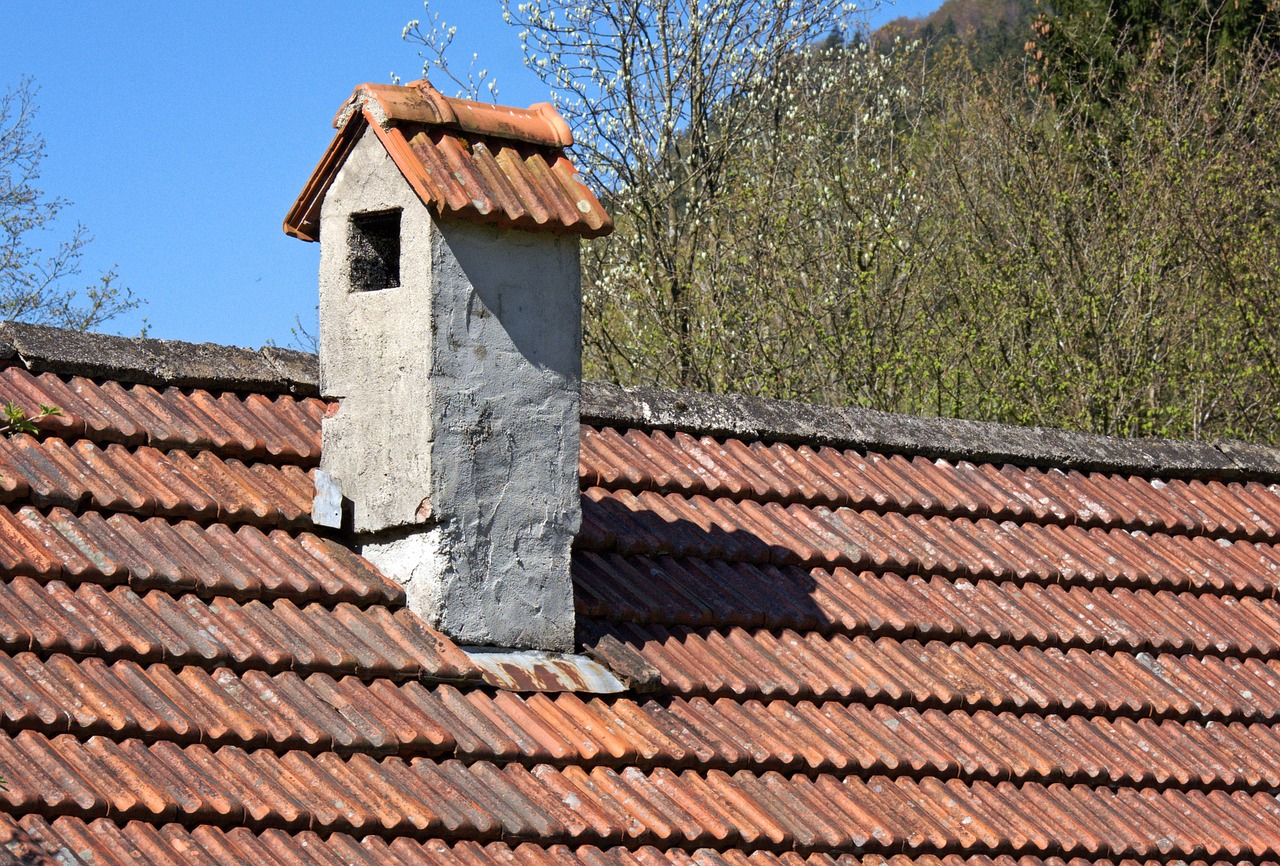
Algae
As your shingles age, you may notice some streaking going on that is visible from afar. This is likely a type of algae that feeds off the limestone that is used in the construction of the shingles. Over time, the more limestone the algae consume, the less tile you have.
This can be fixed by cleaning it correctly. If you’ve caught the problem early on, you may be in luck and won’t need to replace the roof. Let it fester for a long time, and your roof will quickly start to leak right onto you.
